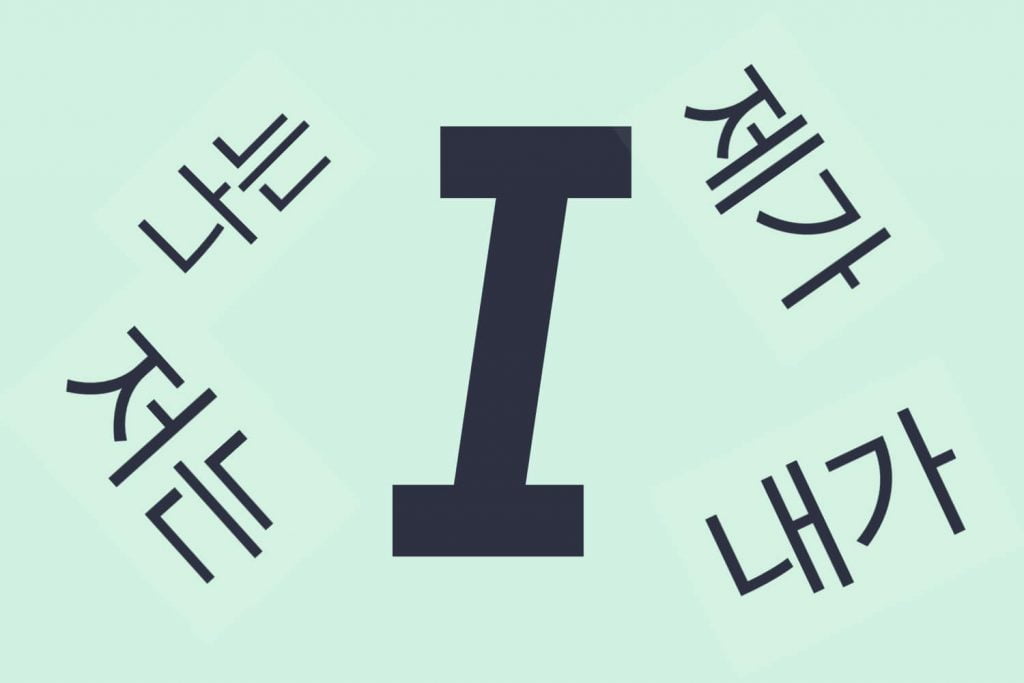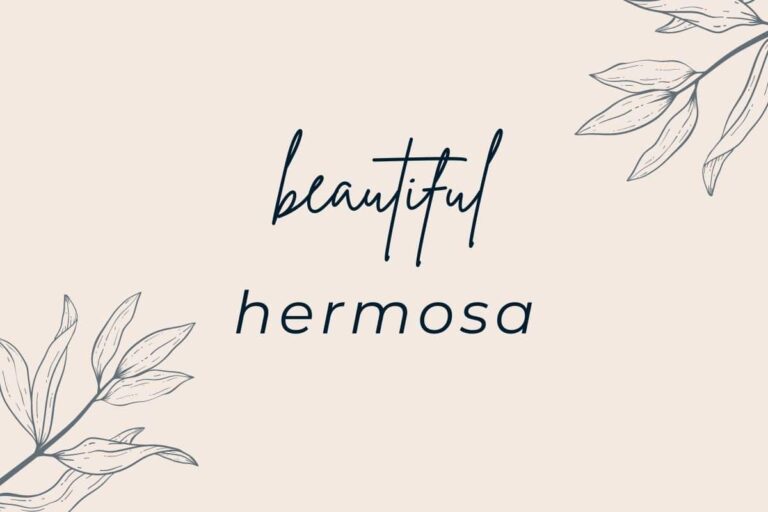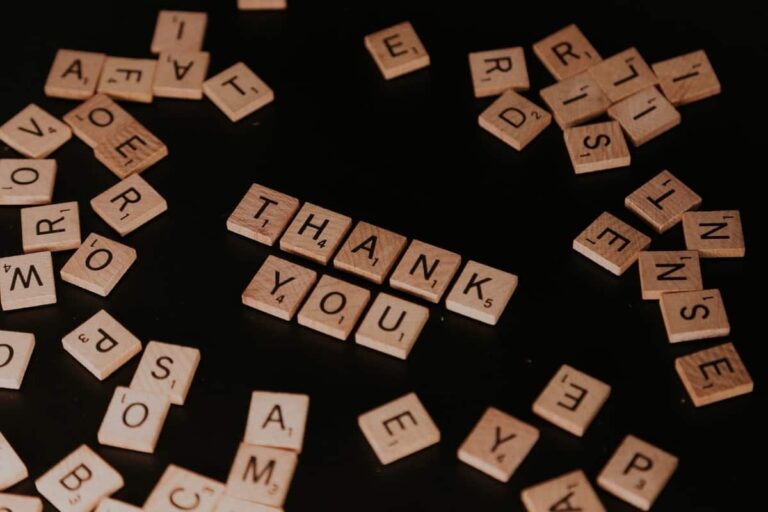How to say I in Korean — Four Ways Compared
Korean isn’t big on pronouns. So it’s pretty confusing trying to figure out how to say something like I in Korean.
Derivatives of the personal pronoun, like “me” and “my” in Korean are also a bit tricky.
But in my Korean studies I found it confusing enough that I had to go into detail and figure out everything I could about how to say I in Korean. These are my notes — explained as simply as I could, from the perspective of a learner (but verified with the professionals!)
You might also like…

In a nutshell, this is how to say I in Korean:
- You don’t use the pronoun I in most situations where it’s obvious from context.
- Use 저는 when talking about yourself generally as the subject in most situations; and use 나는 the same way but when talking informally/casually
- Use 제가 when emphasizing yourself as the subject, and use 내가 the same way but when talking informally/casually
Need one more level of detail? Here’s a summary table of all the ways to say “I” in Korean.
| Role of “I” in sentence | Formal/polite | Casual |
|---|---|---|
| Topic (referring to yourself, but generally) (like “I’m a student”) | 저는 | 나는 |
| Subject (emphasising you’re talking about yourself, like “yes but *I* am a student” or “who, me?” | 제가 | 내가 |
You’ll notice in the above there are two major distinctions in the ways you can say “I” in Korean:
- Distinction 1: Topic vs Subject
- Distinction 2: Formal/polite vs Casual
I’ll explain these differences below.
But first… you don’t even have to say “I” in Korean if you don’t want to.
Contents
When you don’t even have to say I in Korean
In many situations in Korean you don’t even have to use any pronoun — you don’t have to say “I”, “you” etc.
It’s quite jarring coming from any other language. In every language I know or which which I’m generally familiar (all the languages on this site), we use either a pronoun, a conjugation, or both (e.g. French, in which the different conjugations often sound the same)
But in Korean, it’s acceptable to say things like
- I’m hungry: 배가 고파요. This literally just means “a stomach is hungry” which is the way of saying “am/are hungry”. If you say it, then it’s obvious you’re hungry. You can also ask it as a question and it becomes obvious you’re asking it about the other person, without saying “you”.
- He/she went to work. 일하러 갔어요. Again, this just is “went to work”. It could be I, you, he… all depends on what you’re talking about and the tone.
There are many more examples of this. The main point is you don’t have to use a pronoun like I in Korean and in many situations it’ll sound forced.
Avoid using pronouns if you can and you’ll sound more natural.
I in Korean — Topic vs Subject
If you must use a pronoun in Korean to be clear, then make sure you’re using the right one!
Remember the above general guidance:
- Use 저는 when talking about yourself generally as the subject in most situations; and use 나는 the same way but when talking informally/casually
- Use 제가 when emphasizing yourself as the subject, and use 내가 the same way but when talking informally/casually
First, let’s consider “topic” vs “subject”.
Korean has a “topic” marker it attaches often to words. The topic marker is like saying “we’re talking about this now”.
(Side note: the topic marker exists in very few other languages, the most notable other one being Japanese, in which it’s は (wa). So it’s no wonder it takes getting used to, unless you speak Japanese… or Quechua.)
Even though English doesn’t have a topic marker, we do have ways of saying what we’re talking about. In English, you’d say something like “As for me…” or “Regarding me…”. It’s to indicate “we’re now talking about me”.
The topic marker is necessary in Korean (and Japanese) because you don’t often use pronouns (like “I”) and don’t use conjugation (as do many languages to describe the subject).
So in Korean this is an entirely normal sentence:
- 학생입니다 (am/are a student)
Who are we talking about here? Often it’s clear from context. Like if someone asks you “What is your profession?” and you answer “학생입니다”, it’s obvious you’re referring to yourself and saying “[I] am a student”.
But even though you don’t have to use the subject marker to start every sentence, it’s often natural to use it — for example, when the topic changes. Someone might voice their opinion about something, and then you’d say “저는…” and voice yours.
You use the subject marker to emphasize that you’re the subject of a sentence. It’s a bit like in English saying “*I*”, emphasizing yourself and excluding others.
Some examples of using the subject “I” in Korean are below:
| English | Korean |
|---|---|
| Who will do this? *I* will do this. | 누가 이 일을 할까요? 제가 그 일을 하겠습니다. nuga i il-eul halkkayo? jega geu il-eul hagessseubnida |
| Who broke the window? I did, sorry. | 누가 창문 깼어요? 내가 깼어요, 미안합니다. nuga changmun kkaess-eoyo? naega kkaess-eoyo, mianhabnida. |
| I’ll pay (and you won’t). | 제가 낼게요. jega naelgeyo. |
“I” in Korean — Formal/Polite vs Casual
The second dimension across which “I” in Korean changes is whether you’re using polite speech or casual speech.
There are (many) other different ways of speaking in Korean, but these are the dominant two that are relevant for how you say “I”.
If you’ve learned anything about Korean politeness, you’d know that you have to adjust tone when speaking to people of different age or social/professional standing.
In this case, you use
- 저는/제가 when speaking politely — either to someone you don’t know who is your age or older, to an older person generally, or to a superior (in a professional situation)
- 나는/내가 when speaking casually — either to a friend who’s your age, or to a child
I’d give examples of these, but literally you’d take any sentence with one, and change it to the other to change tone.






